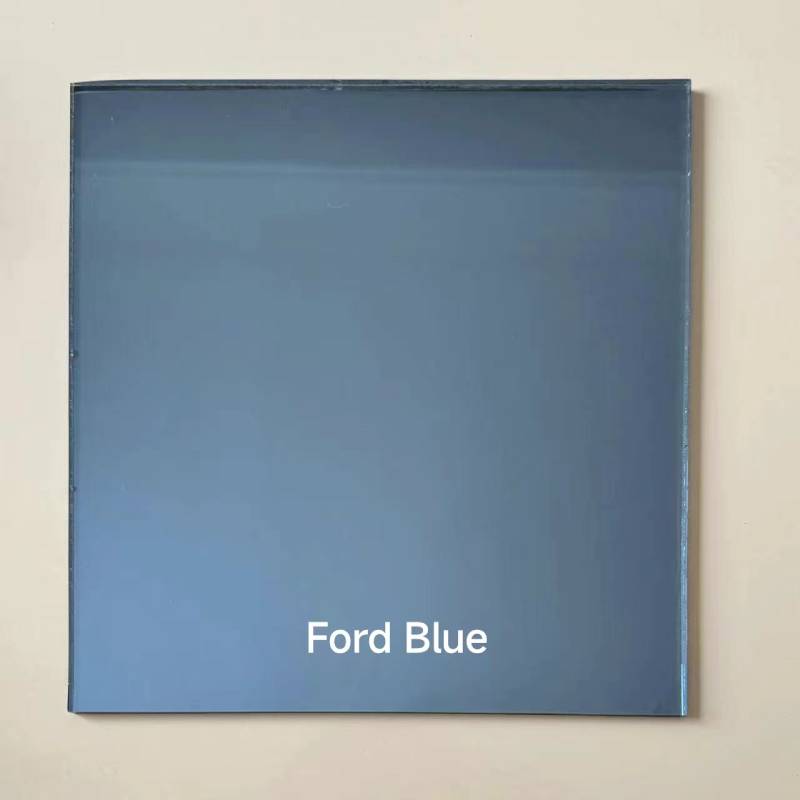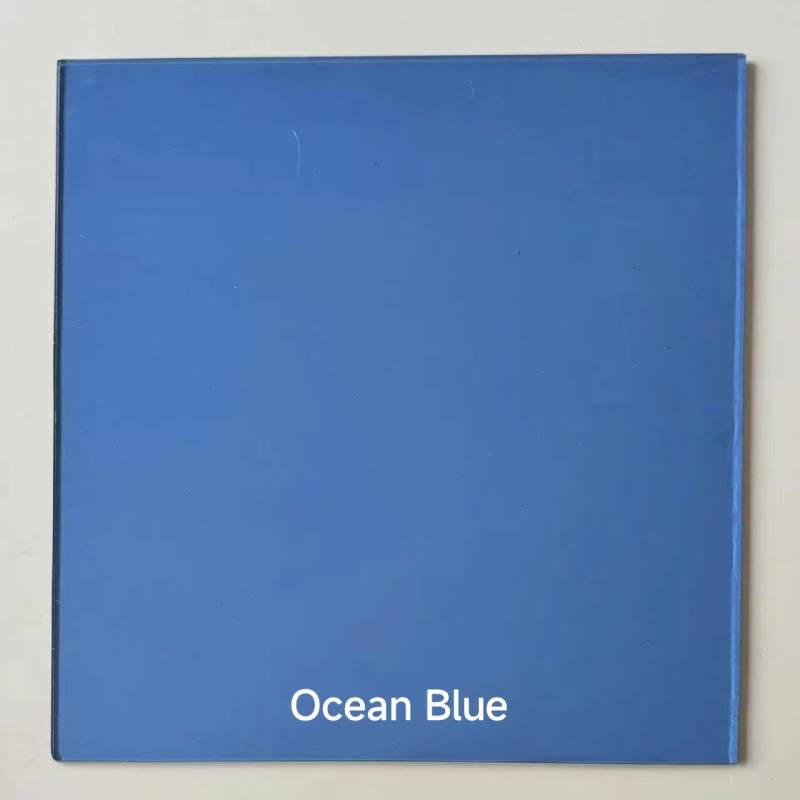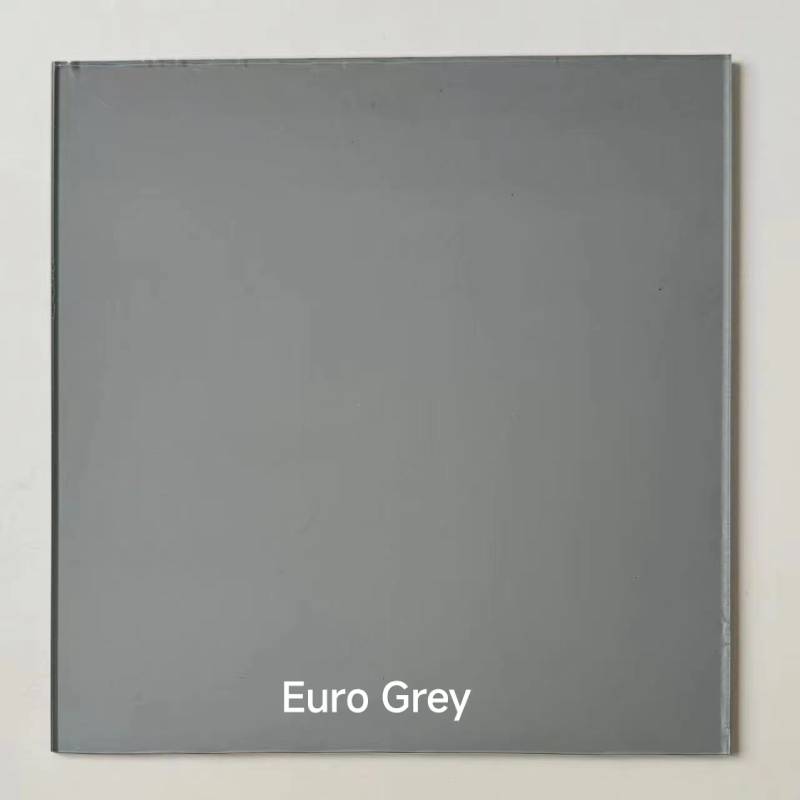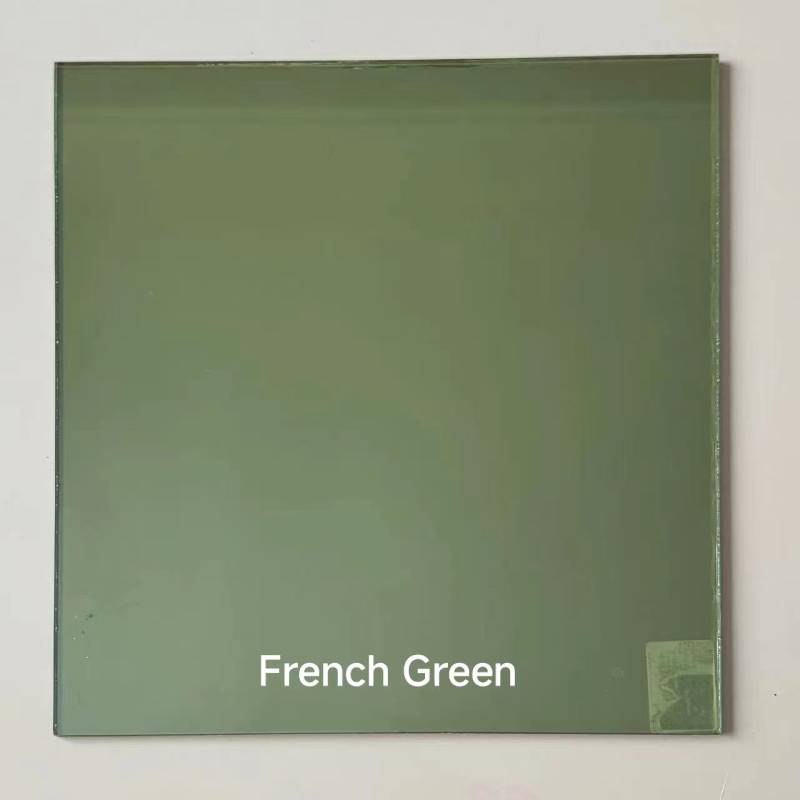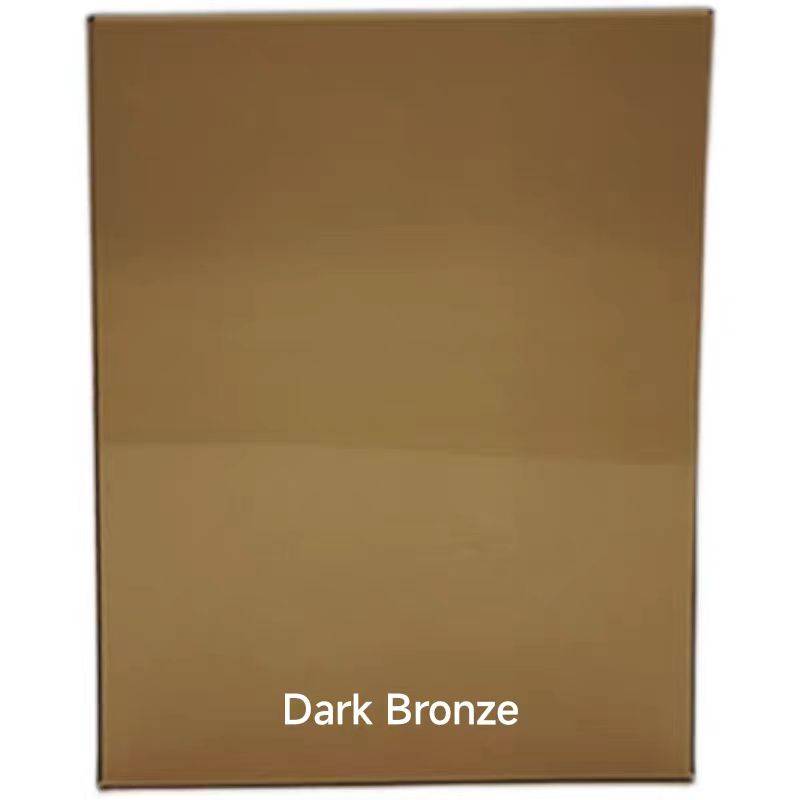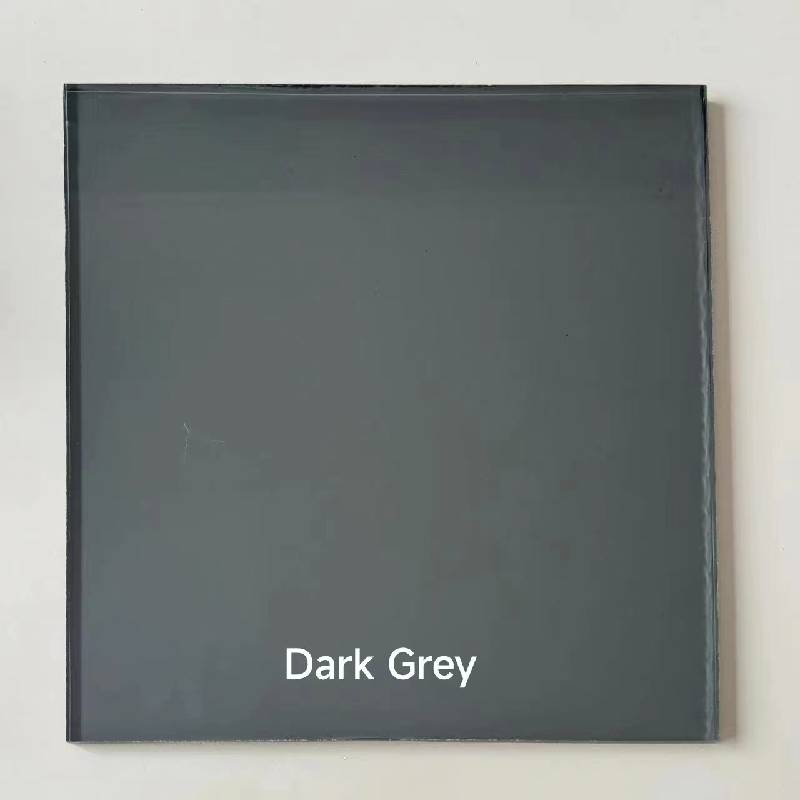In the evolving landscape of architectural and automotive materials, types of tinted glass have gained significant prominence. At the forefront of this innovative field is Shahe Top Glass CO.,LTD., a global supplier offering premium tinted glass for sale in several shades and technical variants. This comprehensive guide delves into the science, technology parameters, market trends, and applications of tinted glass, while providing authoritative industry references and robust comparison visuals to supercharge your understanding and professional decisions.
Tinted glass is a specialized glass product, produced by introducing metal oxides or pigments during the float glass manufacturing process or applying unique coatings, resulting in reduced solar transmittance, glare control, privacy enhancement, and visual appeal.
Tinted glass is available in hues such as black tinted glass, blue tinted glass, and bronze tinted glass, each offering tailored performance for applications in buildings, vehicles, facades, partition walls, and decorative accents.
- Available Thickness: 3mm, 4mm, 5mm, 5.5mm, 6mm, 8mm, 10mm, 12mm, etc.
- Popular Sizes (mm): 3300×2140, 3660×2140, 3300×2250, 3660×2250, 3300×2440, 3660×2440, 1650×2140, 1650×2250, 1650×2440, 1830×2140, 1830×2440, etc.
- Product Link: types of tinted glass
Industry Trends: Types of Tinted Glass in Modern Architecture & Automotive Sectors
The rise of sustainable design, the need for enhanced occupant privacy, and energy efficiency goals are transforming the tinted glass market. Advancements in manufacturing, surface coatings, and color options now allow for greater customization and improved technical performance.
- Demand for high-performance types of tinted glass is accelerating, particularly in green building certifications (LEED, BREEAM).
- Automotive applications are increasing for UV-blocking, heat-reducing, and privacy solutions.
- Coated or self-tinting (“smart”) glass technologies are being integrated for dynamic daylight control.
According to Glassonweb Forum and ScienceDirect, both established industry voices, the future of architectural and automotive glass pivots on multi-functionality: combining tint, solar control, and self-cleaning capabilities in one product to meet evolving building and mobility standards.
Technical Parameters of Main Types of Tinted Glass
| Type |
Color |
Visible Light Transmittance (%) |
Solar Heat Gain Coefficient (SHGC) |
UV Reduction (%) |
Application Highlights |
| Clear Tinted Glass |
Light Grey |
60-75 |
0.7-0.8 |
60-70 |
General Building & Partition |
| Black Tinted Glass |
Black-ish Grey |
9-18 |
0.39-0.55 |
96-99 |
Façades, Automotive Windows |
| Blue Tinted Glass |
Blue |
28-49 |
0.54-0.68 |
70-85 |
Modern Commercial, Skylights |
| Bronze Tinted Glass |
Bronze |
35-52 |
0.50-0.67 |
60-85 |
Classic Architecture, Bridges |
| Green Tinted Glass |
Green |
40-65 |
0.52-0.72 |
60-80 |
High Solar Reduction, Facades |
Technology Trend Dynamics: Types of Tinted Glass
Market Usage Share of Types of Tinted Glass
Technical Comparison: Tinted Glass Thickness & Solar Performance
Key Application Scenarios of Types of Tinted Glass
- Architectural Walls & Windows: Building facades, curtain walls, office partitions, and residential windows utilizing types of tinted glass for privacy, glare reduction, and visual contrast.
- Automotive Glass: Side and rear windows, windshields, and sunroofs benefit from tinted glass’s UV and heat reduction properties.
- Commercial Interiors: Conference rooms, partitions, retail storefronts leveraging black and blue tinted glass to create modern visual appeal.
- Decorative Uses: Wall panels, balustrades, and brise-soleils utilize bronze tinted glass for warmth and classical aesthetics.
- Energy-Efficient Renovations: Retrofits aiming for better insulation and solar control increasingly specify advanced types of tinted glass.
Professional FAQ: Types of Tinted Glass Technology
- Q1: What manufacturing techniques are employed for tinted glass?
- A1: Tinted glass is typically produced either by adding metal oxides (such as iron, cobalt, selenium) during the float glass process, creating intrinsic colored glass, or by applying advanced coatings (pyrolytic, magnetron sputtering) for precise solar and UV control (Source).
- Q2: What are the main technical indicators when selecting types of tinted glass?
- A2: Key metrics include visible light transmittance, solar heat gain coefficient (SHGC), UV reduction percentage, thickness, and thermal stress resistance. These parameters influence comfort, energy-efficiency, and building code compliance.
- Q3: What thicknesses are most effective for solar control?
- A3: Higher thicknesses (6mm–12mm) offer improved solar and UV control relative to 3–4mm variants, but may impact light transmission. Selection should consider energy goals and local climate (ResearchGate).
- Q4: Are tinted glasses compatible with tempered or laminated safety glass?
- A4: Yes, tinted glass can be further processed into tempered or laminated glass, providing impact safety, security, and acoustic insulation along with solar benefits (GlassOnWeb Article).
- Q5: What are current installation standards for tinted glass?
- A5: International standards (such as EN 572-2, ASTM C1036) specify dimensional tolerances, flatness, edge quality, and installed performance to ensure durability and compliance.
- Q6: How does color choice affect performance?
- A6: Black tinted glass offers the highest privacy and UV protection; blue and green maximize natural light while controlling heat, and bronze balances aesthetics with moderate solar control. Shades can be matched to both function and design intent.
- Q7: What environmental certifications are relevant for tinted glass?
- A7: Products from Shahe Top Glass CO.,LTD. can support projects targeting LEED, BREEAM, WELL, and national green building labels due to their low-E emission, high solar control, and recyclable content.
Whether you are specifying tinted glass for sale for a commercial tower, selecting black tinted glass for automotive upgrades, or requiring blue and bronze tinted glass for creative interiors, understanding the full spectrum of types of tinted glass is critical for top-tier industry performance.
Conclusion & Industry References
The types of tinted glass market is increasingly shaped by technological innovation and rising environmental standards. By choosing quality-assured products from trusted suppliers such as Shahe Top Glass CO.,LTD., you are investing in advanced solar control, enduring aesthetics, and proven reliability. For further technical deep-dives and trend analysis, consult authoritative platforms:
For product consultation, specifications, or orders, contact Shahe Top Glass CO.,LTD. at eoch@shtopglass.com or call +8618686009698. For more info and purchase options, visit types of tinted glass.
References:
GlassOnWeb Forum,
ScienceDirect,
Glass Magazine


